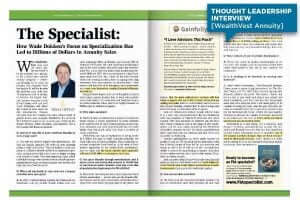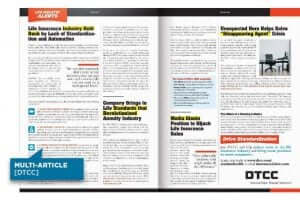An ongoing trend in advertising is to blur the lines between editorial content and advertisements, which is why you’ve been hearing phrases such as “content marketing” and “native advertising” for some time now. The reason this trend is not only persisting, but gaining momentum, is because it’s working. How can you make it work for you? Try a sponsored article.




